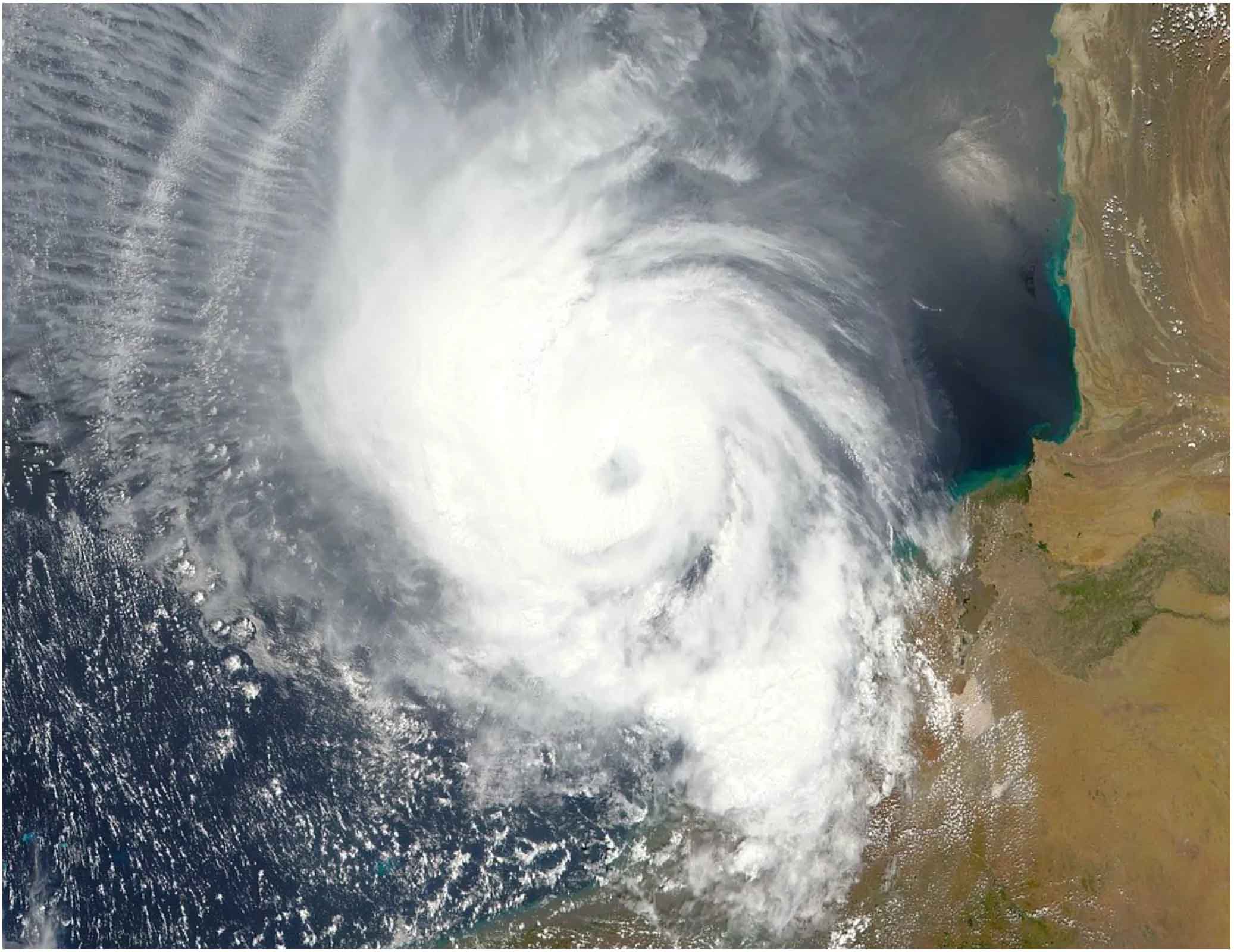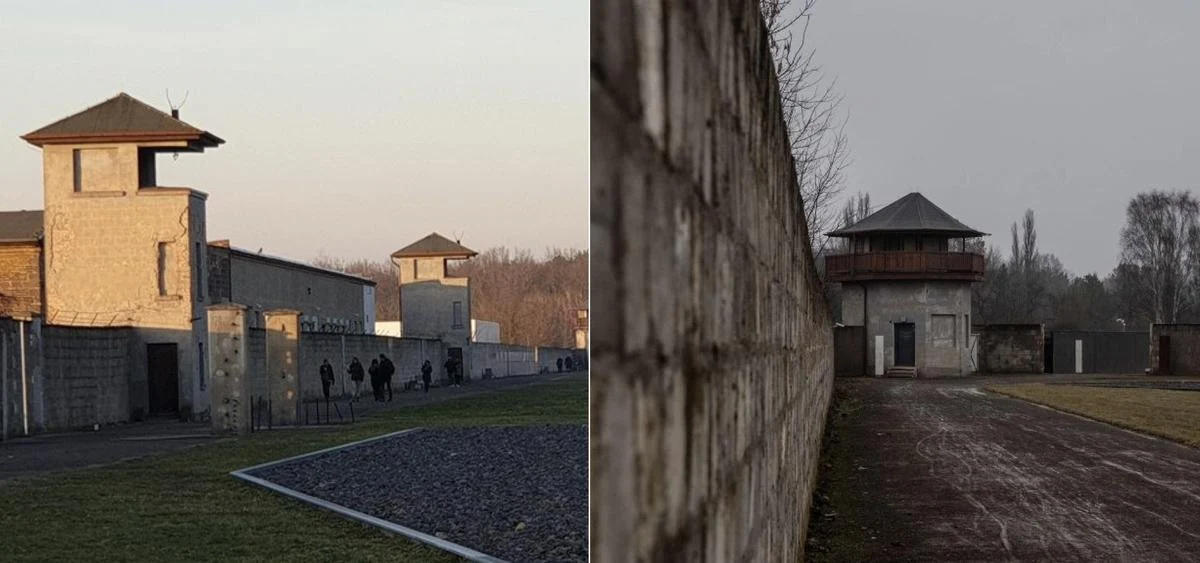As Cyclone Biparjoy approaches, India and Pakistan scramble to protect vulnerable populations and minimize damage.

Photo Credit: Wikimedia Commons
Introduction:
Cyclone Biparjoy, a record-breaking and long-lasting cyclone in the Arabian Sea, is poised to make landfall in Gujarat, India, and Pakistan’s Sindh province. As the cyclone approaches, both countries are bracing for its impact, implementing evacuation measures, and closely monitoring its path. This article provides an overview of the cyclone’s current status, the preparations being made, and the potential effects on the affected regions.
The Approach of Cyclone Biparjoy:
Cyclone Biparjoy, classified as a Very Severe Cyclonic Storm, has gained strength and moisture over the past ten days. Its immense size covers an area comparable to the entire state of Gujarat. The India Meteorological Department (IMD) predicts that Biparjoy will reach the Saurashtra-Kutch coast, near Jakhau Port, posing a significant threat to Gujarat. Satellite images vividly display the massive swirling vortex of the cyclone, highlighting its formidable power. However, it is expected to weaken gradually as it nears the coast and moves inland.
Impact on India’s Gujarat:
As of the latest update, Cyclone Biparjoy is approximately 140 kilometers away from Jakhau Port. When it makes landfall, it will bring sustained wind speeds of 120-130 km/h, with gusts reaching up to 145 km/h, classifying it as a Very Severe Cyclonic Storm. Subsequently, its intensity will diminish, downgrading to a Severe Cyclonic Storm, Cyclonic Storm, and finally a Depression over Rajasthan. Gujarat is likely to experience heavy rainfall during this period, necessitating the evacuation of approximately 100,000 individuals, including vulnerable populations such as pregnant women and children. The Western Railway has also taken precautions, adjusting train operations to ensure passenger safety.
Preparations and Response in India:
In response to the approaching cyclone, the Ministry of Information and Broadcasting has issued an advisory to media organizations, prioritizing the safety of their personnel while covering the event. The Chief Minister of Gujarat, Bhupendra Patel, has convened a review meeting to assess the preparations and response strategies. The Indian Coast Guard and National Disaster Response Force (NDRF) are on standby, ready to deploy ships, aircraft, and specialized teams to assist in emergency situations. Over 94,000 individuals from vulnerable coastal districts have been successfully evacuated and provided temporary shelters, with medical teams ensuring their well-being.
Impact on Pakistan’s Sindh Province:
Cyclone Biparjoy is predicted to make landfall in Pakistan as well. While it has moved away from Karachi, it is still expected to have a direct impact on places like Keti Bandar, Badin, and Thatta. The Pakistan Meteorological Department (PMD) has issued updates on the cyclone’s expected landfall timing and wind speed. Despite the decrease, officials are still worried because the cyclone’s severity is unknown. Over 200,000 people have already been evacuated by the Pakistan Army, Rangers, and rescue officials, with relief camps set up in schools to aid those in need.
Preparations and Response in Pakistan:
The PMD has issued alerts for various districts in Sindh, warning of widespread wind, dust storms, thunderstorms, and heavy rainfall. The cyclone’s direction and expected landfall period have been changing, necessitating continuous monitoring and revisions to evacuation plans. Multiple monitoring stations are actively tracking the storm, given its significant impact potential. Flight operations at several airports may be suspended if air pressure exceeds safety thresholds.
Conclusion:
As Cyclone Biparjoy approaches the coasts of India’s Gujarat and Pakistan’s Sindh province, both countries are taking comprehensive measures to ensure the safety of their populations. Evacuation efforts, relief camps, and emergency response teams have been mobilized to mitigate potential damage and provide assistance to affected areas. Despite the cyclone’s anticipated weakening, heavy rainfall and strong winds remain a concern. Continued vigilance and preparedness are crucial until the cyclone dissipates, enabling affected regions to recover and restore essential services promptly.
Stay connected with Today On Globe for the latest Global Issues and News Updates.
Explore more related articles at [TOG News / TOG Article]













